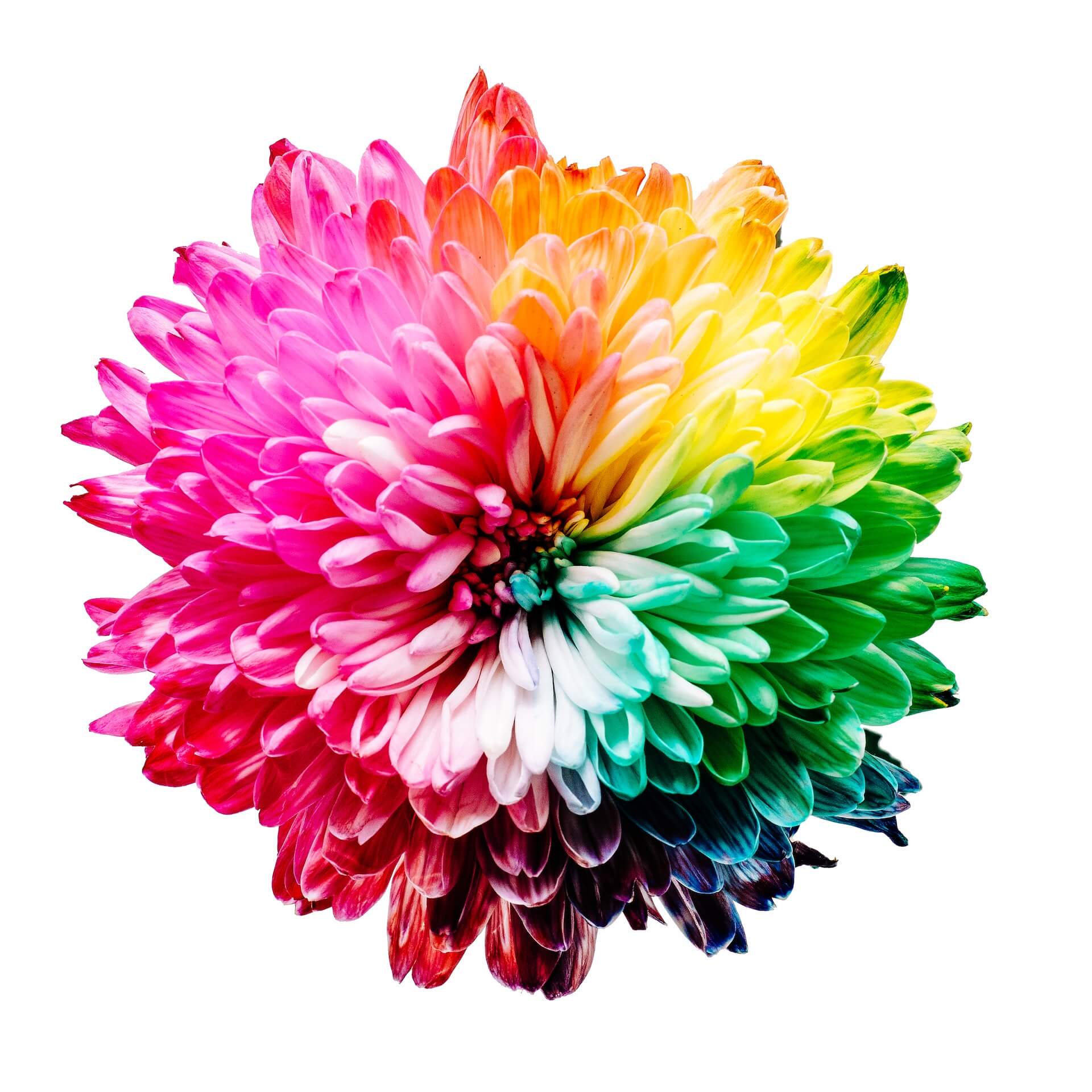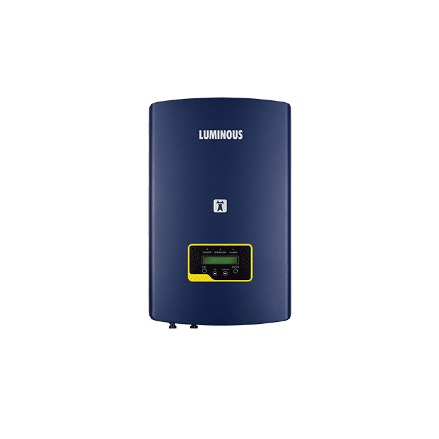It is said that there are millions of colours that you can see and perceive with your naked eye. With that range to choose from, how can you choose the best colour for your house? To understand the best way to pair colours, there are a few basic terms and concepts you can start with. Here is a list to help you out.
Terms to keep in mind
- Tint – A tint of any colour is the lighter version of that colour achieved by adding white. If you are looking for a purple two colour combination for bedroom walls, then purple and tints of purple work great.
- Shade – The term shade is used loosely to describe any version of the colour. However, the correct usage is when black has been added to the original colour. Usage of shades in study rooms, libraries or home offices is the newest trend.
- Tone – This term is rarely used with regard to colour. The tone is when a neutral gray has been added to a colour. This can make the colours less saturated or less intense.
- Hue – A hue is a slight deviation from the actual colour. If the colour is green, then olive green and bottle green are 2 different hues. A hue is formed when another colour is added to the mix. For example, a varying degree of yellow in green will give you hues of green.
These basic terms will help you navigate through the innumerable options you have at your disposal. Each colour has a unique impact on the room, space, home, and perception. Understanding the terminology will help you in your journey when decorating your house. Let’s take a look at colour harmonies or colour schemes that you can adapt while decorating the house. Using good quality paint, sealant, exterior colour, interior colour, floor paint, and other products is essential to maintain the glory of your home and ensure your vision is executed perfectly.
Colour harmonies
No matter which looks you are going for while designing your house, these colour combinations are safe and established. These revolve around the use and placement of colours on the colour wheel. Here are some of the predetermined colour schemes you can think of.
- Complementary colours – When you hear the terms, “contrast” or “complementary”, your mind rarely goes to the colour wheel. However, technically complementary colours are those which are on the opposite sides of the colour wheel. They have the highest level of contrast and visual tension. They stimulate the brain of the onlooker. Contrast colours are usually a hit when you are looking to make a Boho theme.
- Split complementary – When the colours are complementary they are opposite each other. Now imagine on one side, the colour adjacent to the complementary colour is paired with the colour on the other side. This is called a split complementary colour scheme. This maintains the contrast but reduces the effect making the impact softer. These are generally used in children’s play areas.
- Triad colour scheme – This colour scheme is characterized by 3 colours placed equally on the colour wheel. When you are using this scheme, it is important to understand how to maintain a balance and not make the space look overwhelming. This is why it is important to pick which colour will be used extensively and which 2 colours will be used as accents or as supporting colours.
- Square – This colour scheme is the same as the triad except, there are 4 colours equally placed instead of 3. Use the same trick of choosing one dominant colour in this case. Since the 4 colours are equally placed, a set of 2 colours is bound to be complementary in this case.
These terms and colour schemes can be the base where you start from. Once you know which style to adopt, you can design your dream house!






